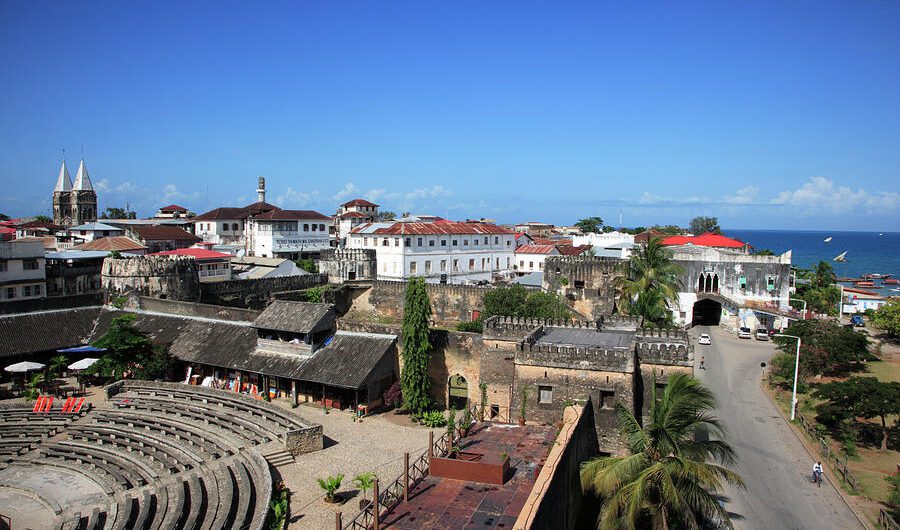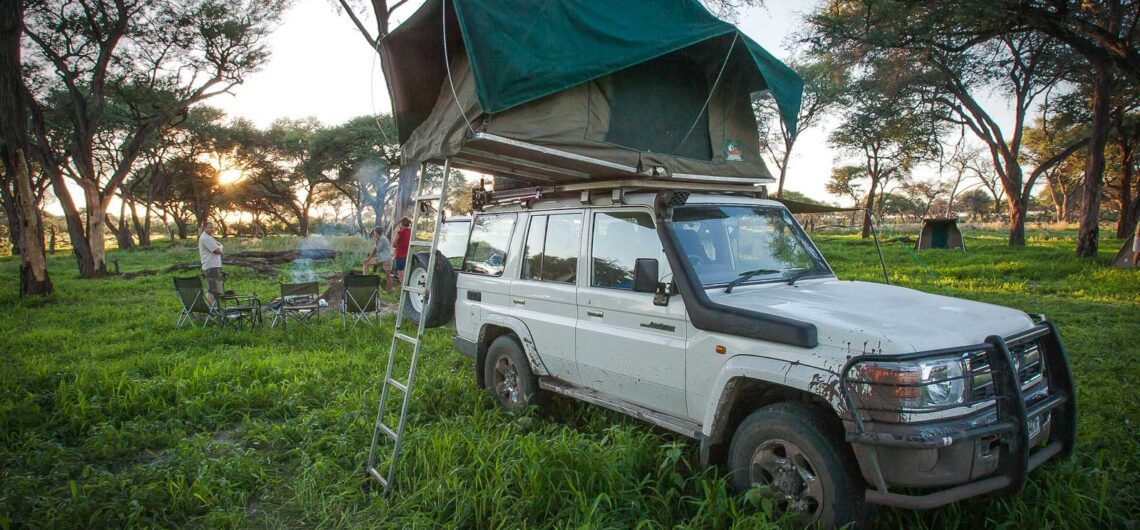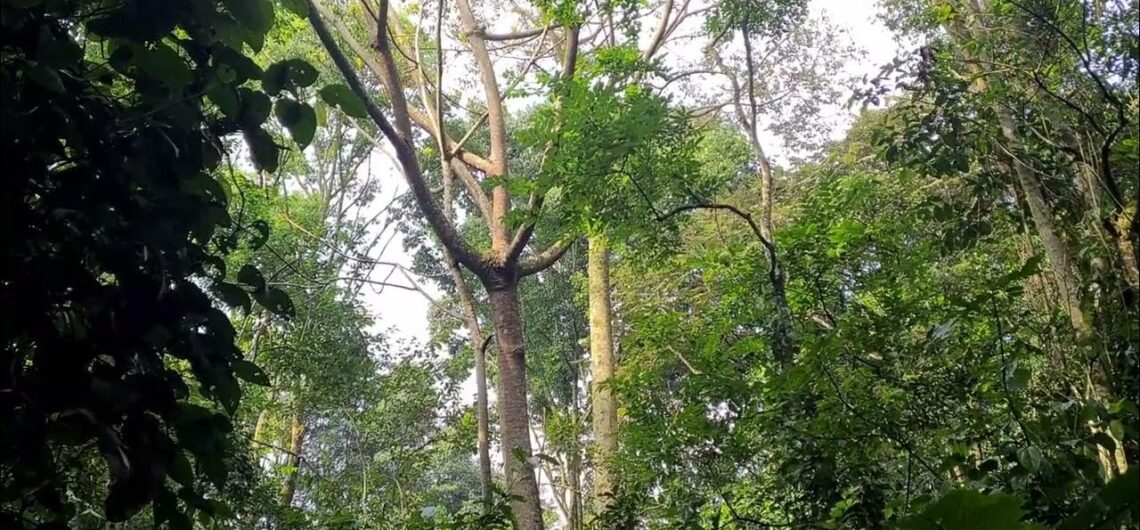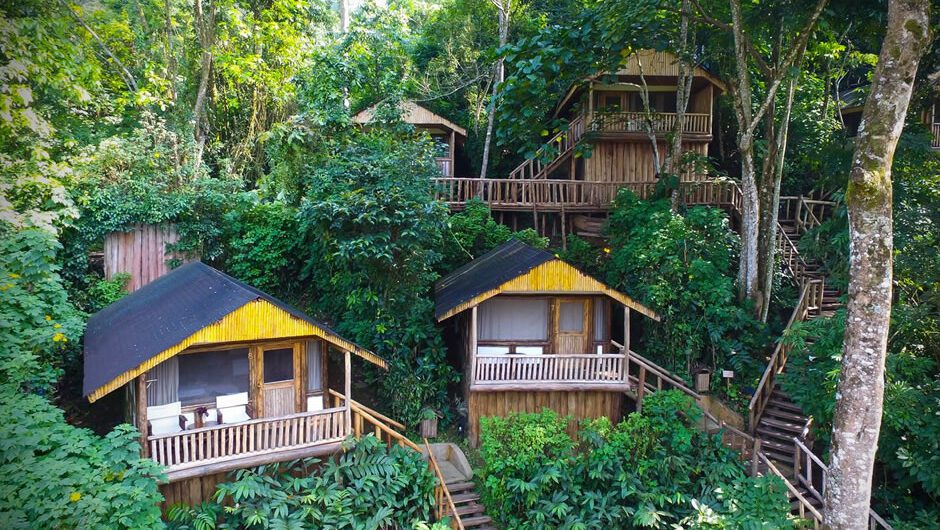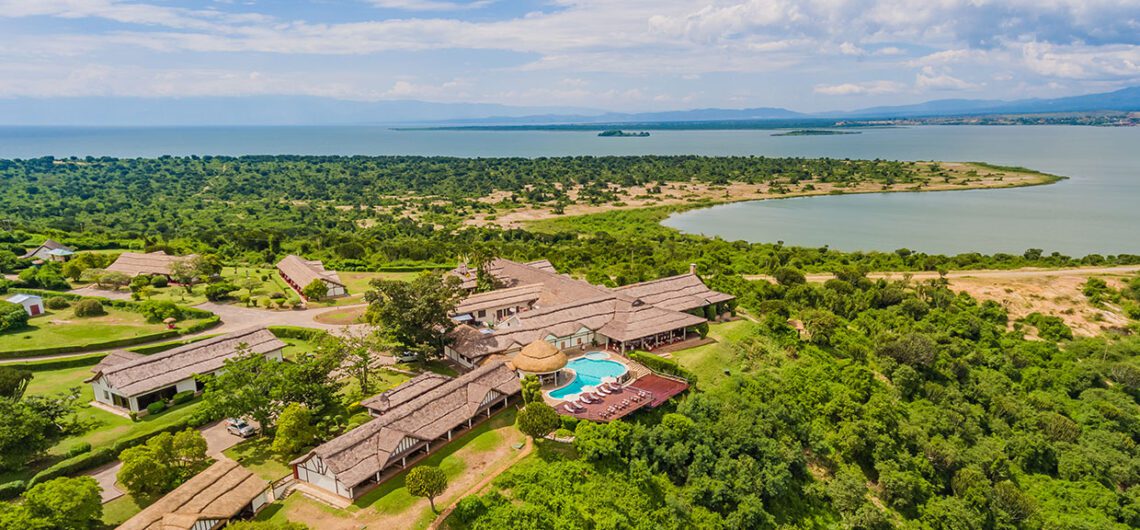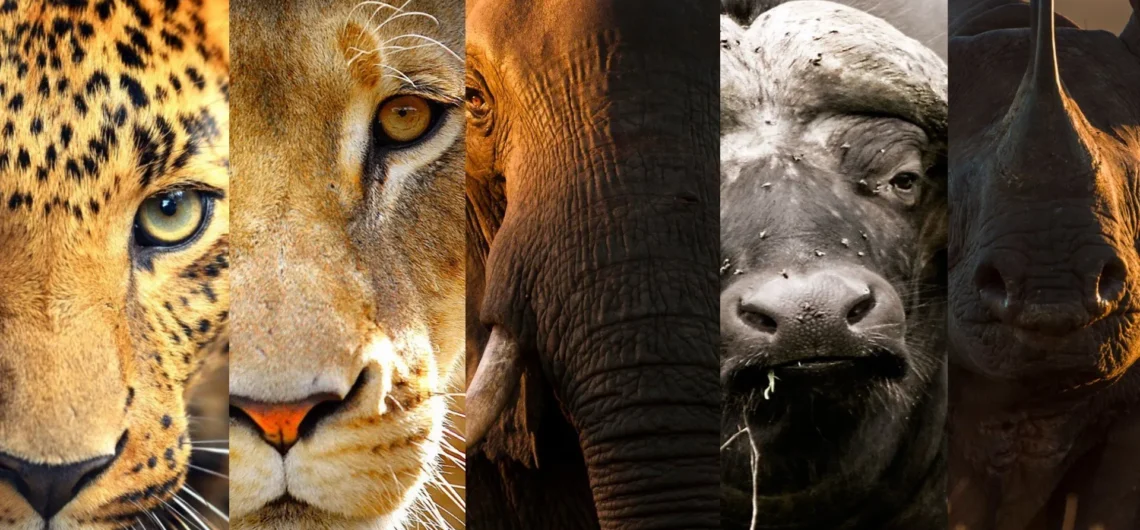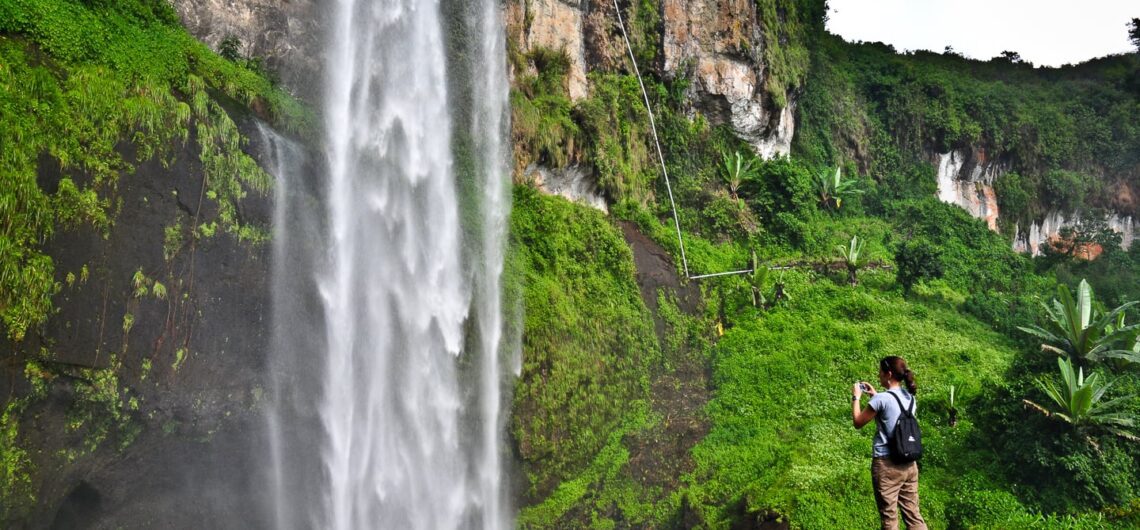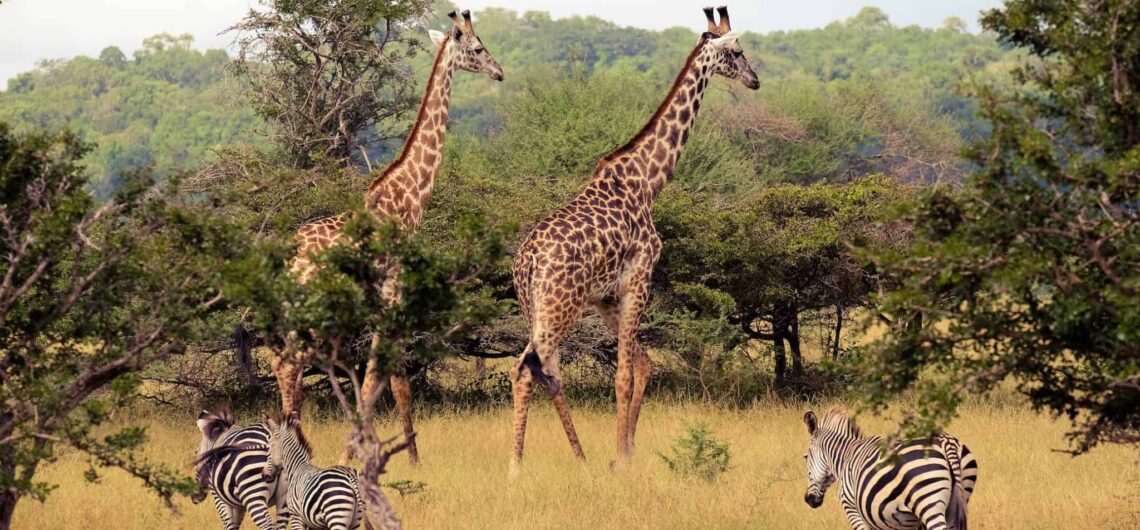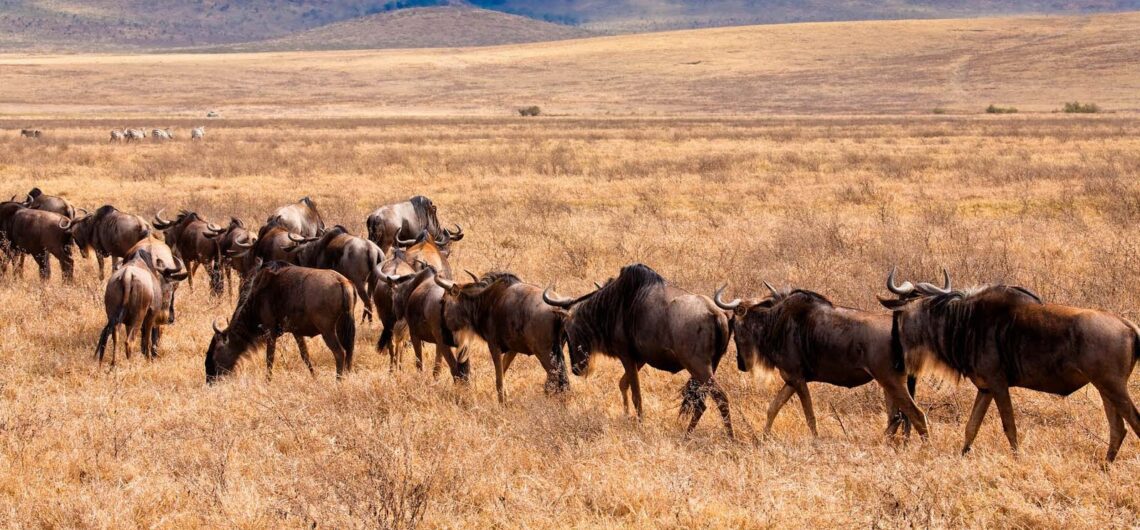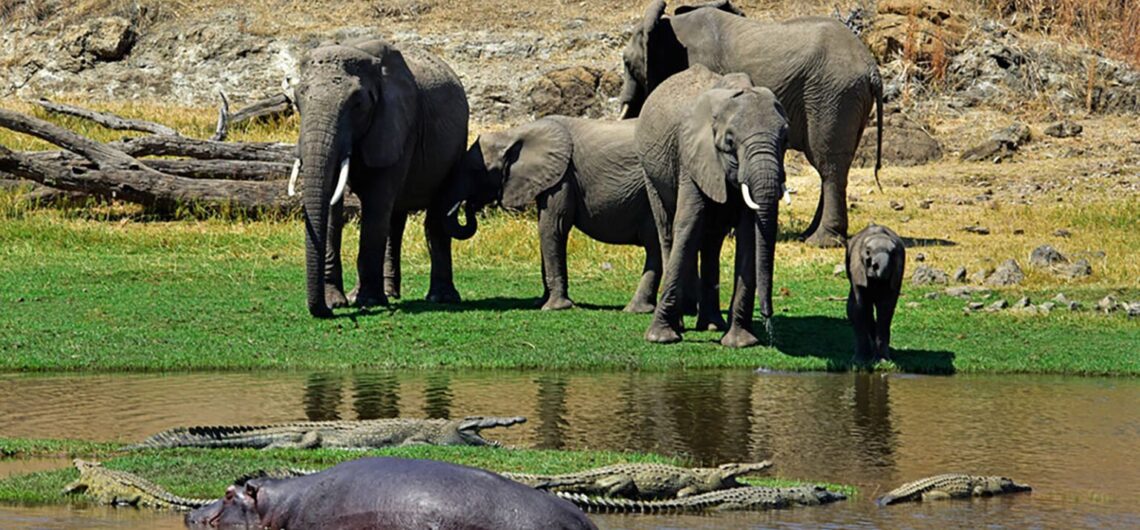Aventures à Zanzibar: Zanzibar est un groupe d'îles situées au large de la côte de la Tanzanie, en Afrique de l'Est ; elle est renommée pour ses magnifiques plages, son histoire vibrante et sa culture variée. Composée de plusieurs îles, Unguja se présente comme la principale et la plus habitée, communément appelée l'île de Zanzibar. Aventures à Zanzibar Zanzibar a une histoire complexe influencée par diverses cultures en raison de son emplacement stratégique le long des routes commerciales. Elle était un grand centre commercial pour le commerce des épices et a été gouvernée par diverses puissances, notamment les Portugais, les Arabes et les Britanniques. Cette histoire se reflète dans son architecture, sa cuisine et ses pratiques culturelles. Accès à Zanzibar Aventures à Zanzibar, Le principal point d'entrée à Zanzibar se fait par l'aéroport international Abeid Amani Karume, situé sur l'île d'Unguja. Des vols sont disponibles depuis divers aéroports internationaux, notamment l'aéroport international de Kilimandjaro en Tanzanie, ainsi que certains vols directs en provenance d'autres pays africains, d'Europe et du Moyen-Orient. Alternativement, vous pouvez prendre un ferry depuis Dar es Salaam jusqu'à Zanzibar, le voyage prenant environ 1,5 à 2 heures. Attractions à Zanzibar La ville de pierre : La ville de pierre, située à Zanzibar, est une zone historique connue pour ses rues étroites, ses bâtiments anciens et son architecture diverse mêlant influences africaines, arabes et européennes. Ce site classé au patrimoine mondial de l'UNESCO regorge de portes finement sculptées, de marchés animés vendant des épices et des artisanats, ainsi que de monuments tels que la Maison des Merveilles et le Vieux Fort. Aventures à Zanzibar: Les visiteurs peuvent explorer ses ruelles sinueuses, visiter des sites historiques tels que le Palais du Sultan et vivre l'atmosphère vibrante avec des stands de nourriture locaux et des activités culturelles. La ville reflète
Aventures à Zanzibar: Zanzibar est un groupe d’îles situées au large de la côte de la Tanzanie, en Afrique de l’Est ; elle est renommée

